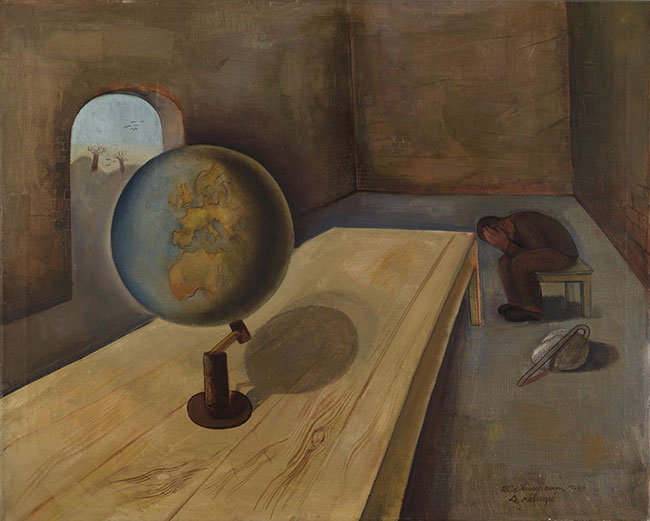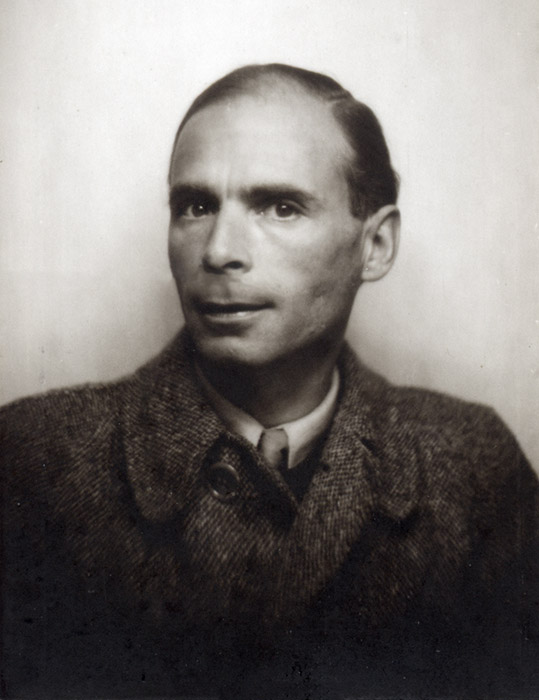
Oil on canvas
59.7 x 74.7 cm
Collection of the Yad Vashem Art Museum, Jerusalem

Felix Nussbaum studied art in Hamburg in 1922 and a year later continued his studies at the Lewin-Funcke Schule in Berlin. Between 1924 and 1929 he studied at the Vereinigten Staatsschulen für Freie und Angewandte Kunst. In 1932 he was awarded the Rome Prize and with it a scholarship to study at the Villa Massimo in Rome. Following the Nazi rise to power, he wandered through Europe and in 1935 sought refuge in Belgium for himself and his partner, the artist Felka Platek. Initially, the couple lived in Ostend; two years later, they moved to Brussels. Following the German occupation of Belgium in May 1940, Nussbaum was arrested and interned in the Saint Cyprien camp in southern France. Several months later, he escaped and returned to Brussels, where he went into hiding with his wife. He created dozens of artworks reflecting the anguish of the persecuted Jews. Only with the help of friends, who secretly safeguarded the works, did these survive the war. In June 1944 the couple was denounced, arrested, and transferred to the Mechelen camp. In July they were deported on the last transport from Belgium to Auschwitz-Birkenau, where they were murdered.